
The Narwhal’s in-depth environmental reporting earns 11 national award nominations
From disappearing ice roads to reappearing buffalo, our stories explained the wonder and challenges of...
As Doug Ford’s government gets set to slash environmental protections, Ontario’s auditor general has found the province is already mismanaging them, from flood risks to protected land and invasive species.
Earlier this week, the Ontario government passed development-friendly legislation that also gutted conservation authorities, agencies that oversee key watersheds and floodplains. It also stands to finalize a flurry of changes early next month, including opening parts of the protected Greenbelt for development and watering down protections for wetlands that mitigate floods, among other things.
Scientists have told The Narwhal those changes will put Ontario at higher risk of flooding as green spaces and wetlands that absorb rain and snow are lost. The thing is, auditor general Bonnie Lysyk reported Wednesday, Ontario’s flood management practices are already underfunded and disorganized.
The province is also failing to protect the Niagara Escarpment, an important and iconic green space in southern Ontario. It’s also doing little to stop the spread of invasive species, some of which are currently on sale at home improvement stores, Lysyk said.
Taken together, Lysyk’s findings show a province that is under-resourcing and mismanaging environmental measures across the board — and has been for decades. Her report also highlights a severe lack of transparency in the government’s communication with both the auditor general’s office and the public about environment and energy issues. And as Ontario heads towards an energy supply crisis, she noted, the province is still missing a long-term energy plan.
“Funding and where money is allocated is a government choice,” Lysyk said. “It just needs to be transparent to people why those choices are being made.”
In a media scrum after the report’s release, Environment Minister David Piccini was asked whether the province is trying to protect the environment at all. He insisted the answer is yes.
“The government cares deeply,” Piccini said. Speaking to reporters, Lysyk suggested the government has a new draft environment plan is in the works — Ford’s team released one after coming to power in 2018 and has been promising an updated version for years..
“Protecting the environment we depend on is not a concern for them … other than damage control when they get called out on it,” interim NDP Leader Peter Tabuns told reporters.
Many of the problems documented in the auditor general’s report stretch back many years, predating the Ford government. But they’ve continued under the Progressive Conservatives — and in some cases have gotten worse.
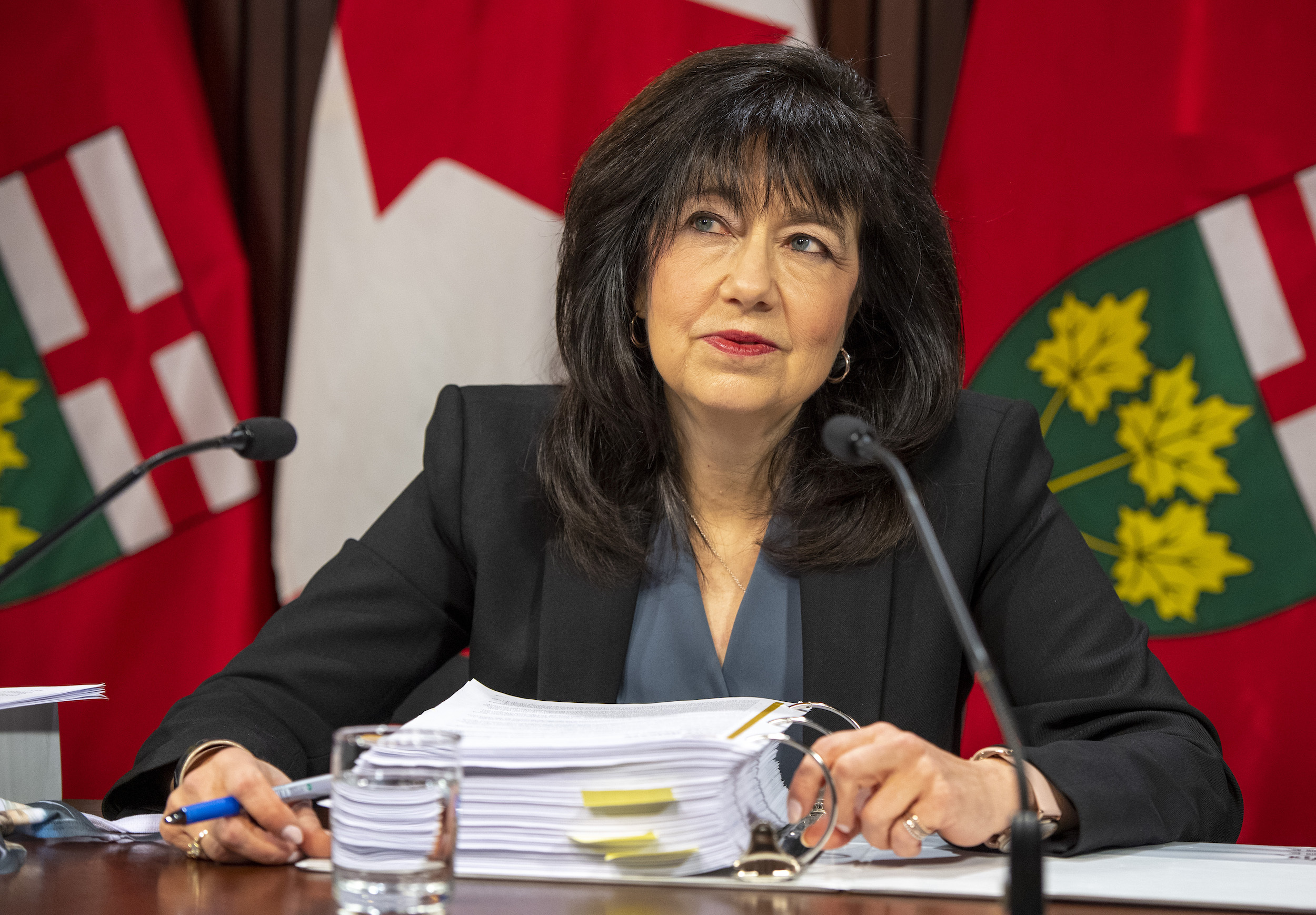
Liberal MPP John Fraser admitted to reporters Wednesday his party “didn’t always get everything right as a government.” But, he said, “we did create the Greenbelt,” adding the current government isn’t being transparent enough with the public.
Ontario Green Party leader Mike Schreiner said the report shows the province as a whole needs to have “a complete rethink” about its long-term planning on environment and energy policies. “We know that the severity and frequency of extreme weather events is going to accelerate due to the climate crisis,” he told reporters. “The fact that they still don’t have a plan is reckless, it’s risky and it’s completely irresponsible.”
While the province is underfunding environmental measures, it’s yet to find money for its own pet projects as well, Lysyk found. The Bradford Bypass highway project is set to cost far more than expected, she reported, and Ontario’s Ministry of Transportation doesn’t have the money it needs to push forward the bypass or another key infrastructure promise, Highway 413.
Here’s everything you need to know about the auditor general’s findings.
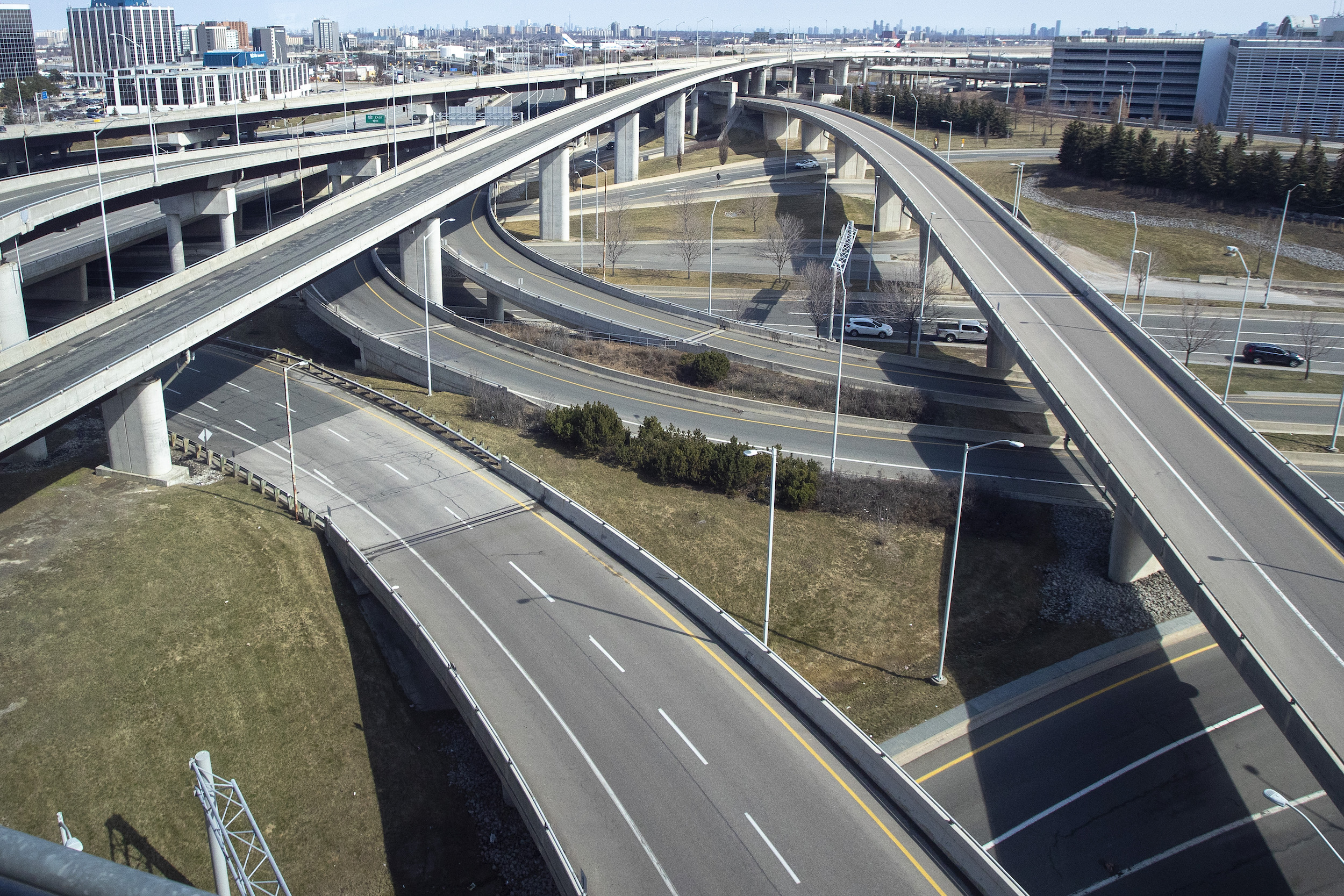
The Bradford Bypass will cost more than the Ontario government has disclosed publicly, Lysyk found in an audit of the province’s highway planning. Her office’s total estimated cost of the project, which would cut through the Holland Marsh section of Ontario’s Greenbelt, is between $2 billion and $4 billion. That’s far greater than the $800 million Transportation Minister Caroline Mulroney told the public in 2021.
The auditor general’s estimated cost for Highway 413, meanwhile, is listed as “greater than $4 billion” — in line with what Mulroney has said, but lower than previous estimates from former Liberal transportation minister Steven Del Duca, who pegged it as between $6 billion and $10 billion.
Lysyk said it’s normal for estimates to evolve over time and the ones in the report are still rough, but that “the public has the right to know.”
As of August 2022, the transportation ministry hadn’t requested funding to actually build the 413 because it’s still being designed and is still under review from the federal Impact Assessment Agency, which is looking into how it might affect endangered species habitat. No construction can begin until the federal probe is done.
Even if Highway 413 is out of the equation, the ministry doesn’t have enough funding to accommodate its other priority highway projects, the auditor general found.
In a response included in the audit, the transportation ministry said it “agrees to take steps to implement the recommended action items” when government objectives clash with advice from bureaucrats.

The Niagara Escarpment is among the most defining natural features of southern Ontario. The portion of the rocky ridge that’s protected under provincial law starts at Niagara Falls, stretching around Lake Ontario and up to the Bruce Peninsula. Though the province’s protections end there, the landform itself goes on through Manitoulin Island before dipping into the United States. It’s beloved by hikers and climbers for its cliffs, caves, ancient trees and waterfalls, and crucial to the 70 species at risk living along it.
The Ontario government created a plan to protect the escarpment, a UNESCO biosphere reserve, nearly 50 years ago. That included the creation of a Niagara Escarpment Commission aimed at overseeing efforts to steward the land. Today, the escarpment makes up part of Ontario’s Greenbelt.
But both the government and the commission are failing to actually protect the escarpment, Lysyk found. Nearly all development permits on the escarpment have been approved in the past five years. The province has allowed industry to create and expand pits and quarries for extracting aggregate — crushed stone and gravel used in construction — despite the harm they can cause to species and the ecosystem. The commission has cut environmental monitoring because Ontario’s Ministry of Natural Resources and Forestry doesn’t give it enough funding for the staff or resources it needs: its budget has been cut four times since 1996, including once under the Ford government. The lone specialist tasked with environmental monitoring left in 2015 and hasn’t been replaced.
The commission hasn’t tracked the cumulative impact of the more than 34,000 development permits it has issued since 1975, the auditor general said.

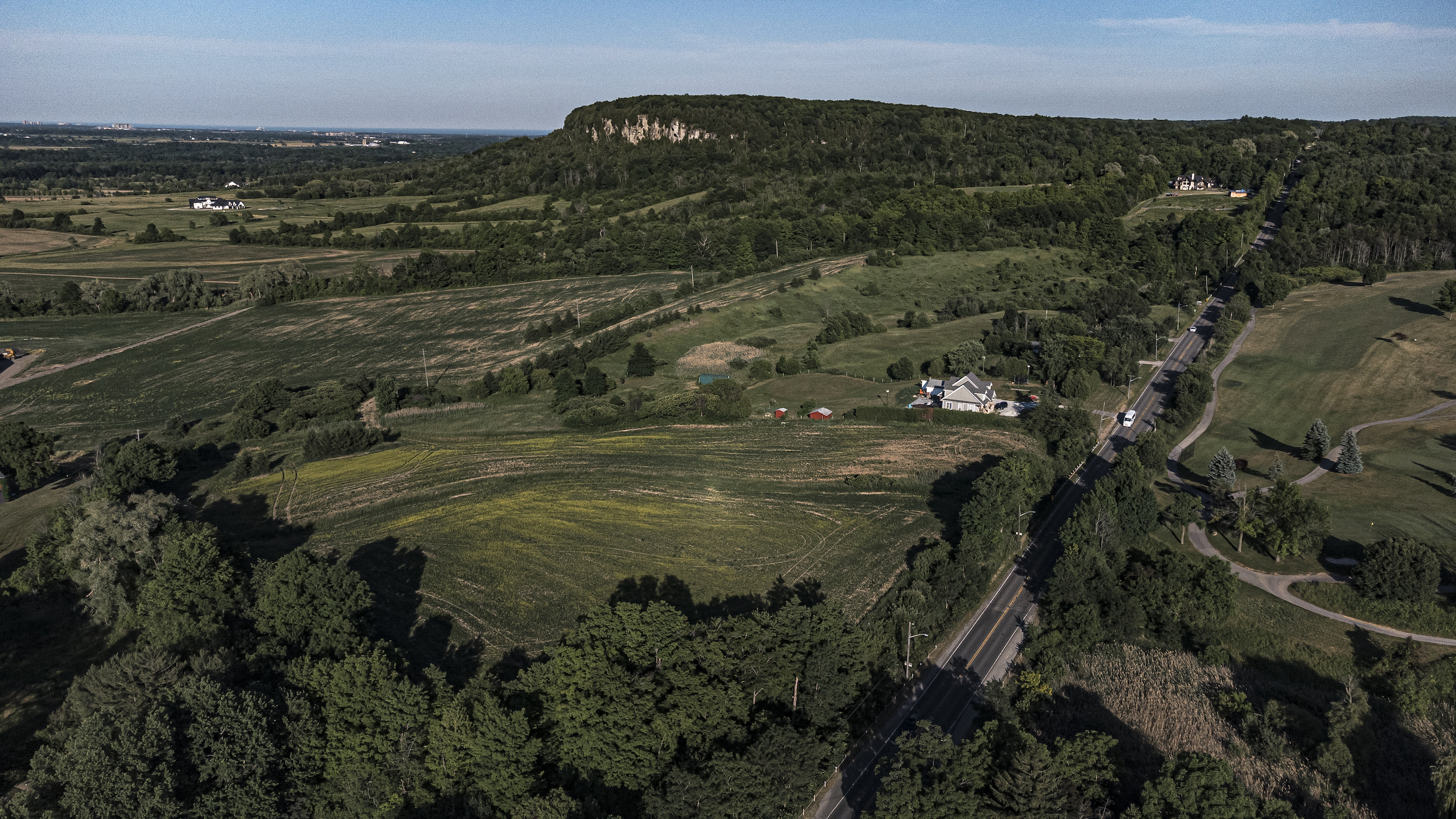
Over time, the Ford government and the previous Liberal government failed to enforce protections on the escarpment, the audit showed. Though reports of possible violations of the rules have climbed 82 per cent in the last five years, the government hasn’t charged anyone for doing so since 2014. Only 1.1 per cent of development permits on the escarpment have been denied, and in some cases the auditor general reviewed, applications were approved even if they clashed with environmental protection rules.
Roughly a third of the 54 aggregate operations on the escarpment are also allowed to extract as much as they want, with no limits, Lysk found. The government has only inspected about a quarter of those sites within the last five years, and found two weren’t following the rules.
Though ministry staff recommended the previous Liberal government ban new aggregate extraction on the escarpment in 2017, that didn’t happen. Instead, that year, the Liberals changed the plan so applications for development on the escarpment can’t be denied solely because of endangered species habitat. The result, the audit found, is that 27 in a sample of 45 development permits from 2020 to 2021 involved harm to species at risk.
In a response included in the audit, the Niagara Escarpment Commission said it would continue to work with the province to secure funding. The Ministry of Natural Resources and Forestry acknowledged “significant challenges” but didn’t commit to restoring that funding or making improvements.
Speaking to reporters, Natural Resources Minister Graydon Smith placed the blame for issues with the escarpment on the commission itself, an arms-length agency. But he said he’s “open to a conversation” about giving the commission more funding.
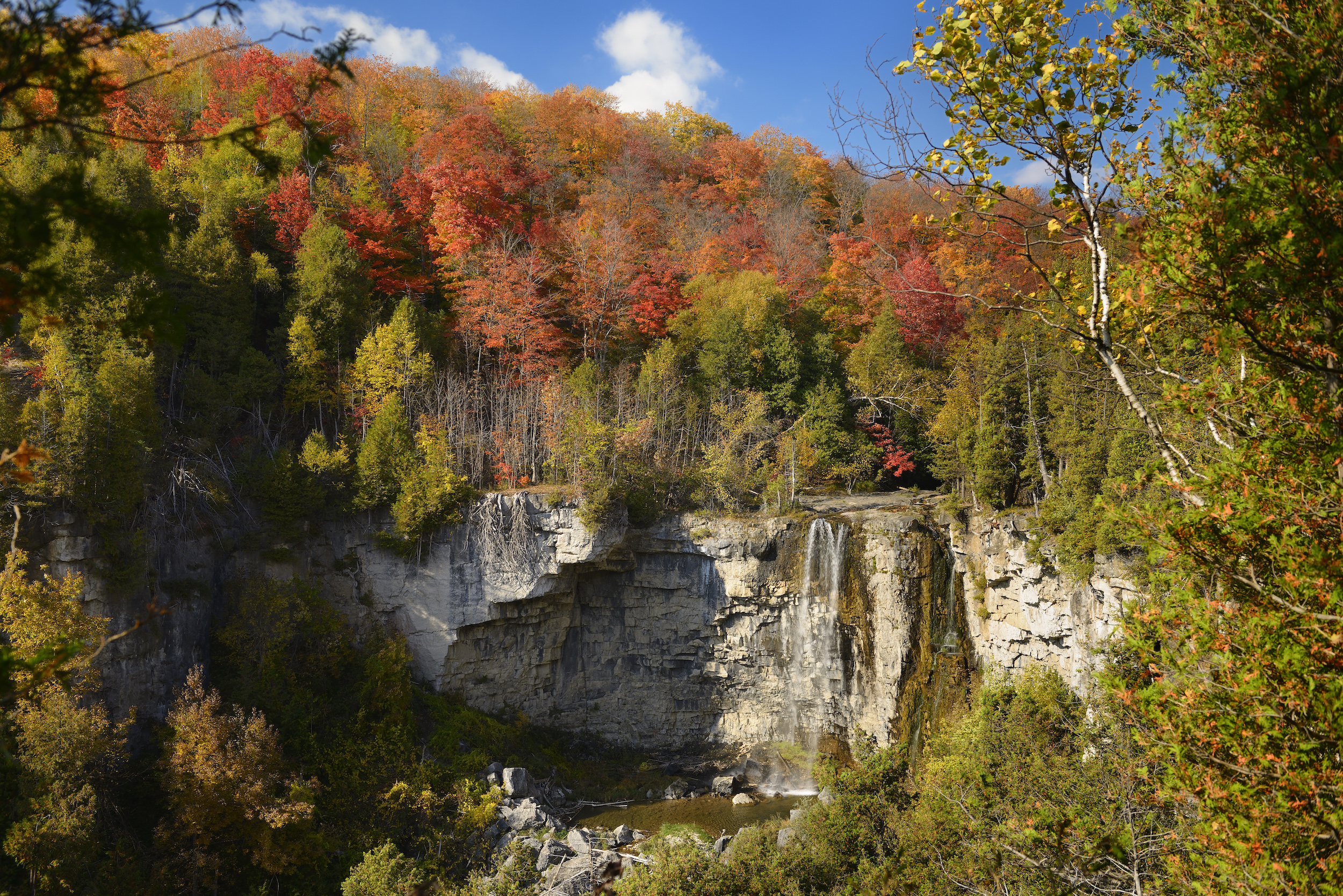
The provincial government’s oversight of flood mitigation and prevention in cities is severely underfunded and disorganized, the auditor general found — which is concerning since the risk of flooding is set to increase as climate change fuels more intense rainfalls.
The report found Ontario isn’t doing enough to “reduce the risk of urban flooding, nor to provide homeowners, municipalities and other decision-makers the guidance and information they need to reduce their risks.”
Lysyk considers it a problem that no one government ministry is responsible for urban flooding in the province. Four ministries — environment, natural resources, municipal affairs and infrastructure — are involved, and have never clarified or coordinated their roles in flood-risk management.
The audit noted this gappy system leaves Ontarians in major urban areas vulnerable to the worst impacts of flooding. These include an “ambiguous” building code that leaves buildings, particularly basements, prone to flood damage.
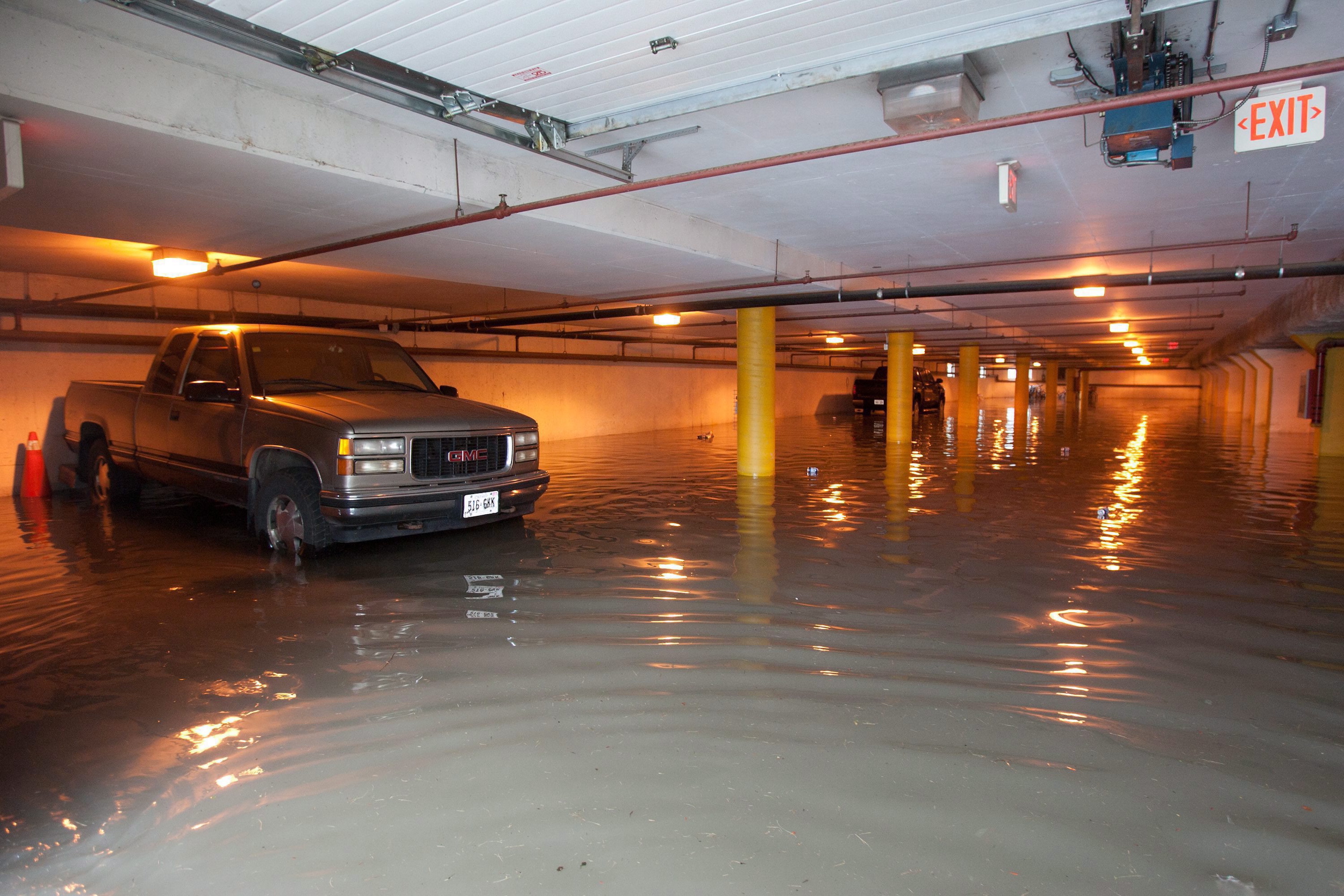
As well, Ontario’s towns and cities receive “contradictory” and “inconsistent” guidance and direction from the provincial government, Lysk said, and are still relying on outdated flood data that leave them unable to map urban flood risk areas. Municipalities also don’t have reliable funding for stormwater infrastructure from either the federal or provincial government.
Ontario’s auditor general also commented on Kashechewan First Nation: the community of 2,000 residents near James Bay experienced severe floodings four times in the last five years and has been evacuated three times, the total costs for which are not known. The audit highlighted how other First Nations communities in the region — which also experienced significant flooding in the past year and are accruing great costs for municipalities — are not getting the provincial support or funding they need.
Meanwhile, Lysyk said, natural flood protections — like green spaces and wetlands that absorb precipitation — are rapidly being lost, which will make flood risk worse. By 2015, the province had lost nearly three-quarters of its wetlands. One problem is how infrequently the value and fragility of wetlands is assessed. Only 30 were evaluated in the past decade; only one has been evaluated in the past year.
Lysyk noted that remaining wetlands are now at increased risk from development — the auditor general reported the government’s Bill 23, passed earlier this week, will weaken the evaluation system that assesses how proposed development could affect Ontario’s wetlands. The Ford government’s changes means wetlands will be evaluated individually, not as complexes that work together to absorb water and provide habitat for animals, including species at risk. This makes it likely that many small wetlands won’t be eligible for protection and, as the auditor general wrote, will damage Ontario’s “capacity to reduce flooding.”
Green spaces in Ontario’s urban centres are also being lost to development due to “weak provincial land-use planning direction,” the report found. Over the past 20 years, Ontario’s biggest urban centres have lost six per cent of their green spaces, with the biggest losses in Windsor (18 per cent) and Milton (22 per cent). The audit directly links this to the Ford government’s growth plan, which “does not set specific targets or limits on the amount of green space” that can be developed.
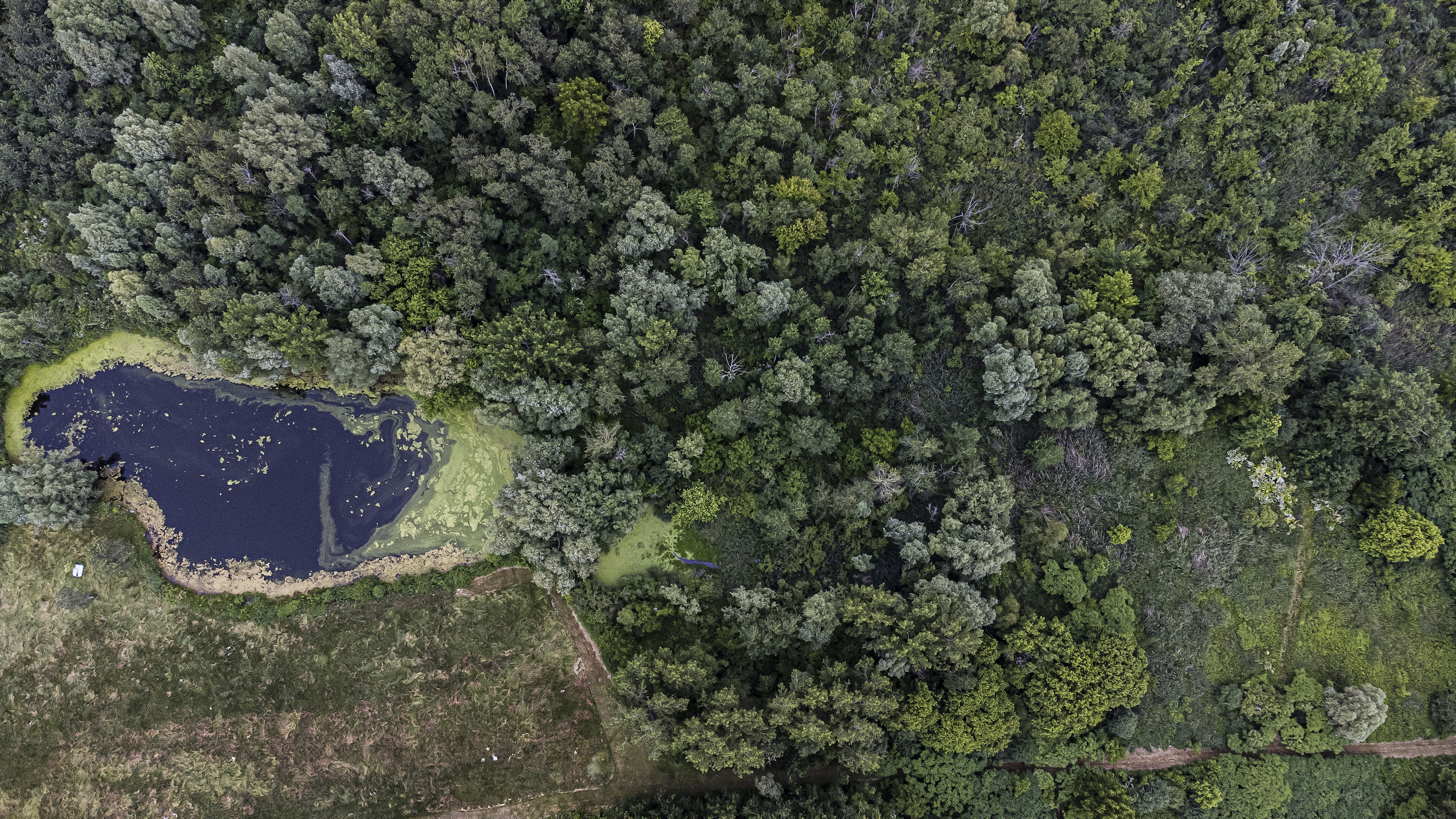
“The province is well aware of the need to do more to address [flooding],” the auditor general’s report said, noting there have been four government reports and plans identifying a series of actions the government could take to alleviate the risk of urban flooding in the past four years — including the Ford government’s one and only environment plan, released in 2018. The commitments made in that plan — or any of the others — to mitigate flood risk haven’t been met, Lysyk wrote.
“Ontario is the only province without an organization that provides climate services to the decision-makers that need them,” she said.
The hydroelectricity produced by Ontario’s largest power generator has not been “effectively utilized” over the last seven years, the report found, with a significant shortfall in energy production, especially considering demand.
Between 2015 and 2021, Ontario Power Generation only used about half the capacity of its hydroelectric stations, Lysyk wrote, adding the company “has not conducted a detailed analysis of why there is a significant difference between installed capacity and actual generation.”
Ontario Power Generation offered some explanation, listed in the audit. Under-production could be due to water issues, such as availability or conservation, or station-specific issues such as a mandate to run only during peak demand periods. Ontario Power Generation said maintenance requirements could also have been a problem: the report outlines concerns that about 20 per cent of the generator’s stations have not been assessed for maintenance in a decade or longer. Two of the largest stations, both built in the 1900s, have not been reviewed properly in 18 years.
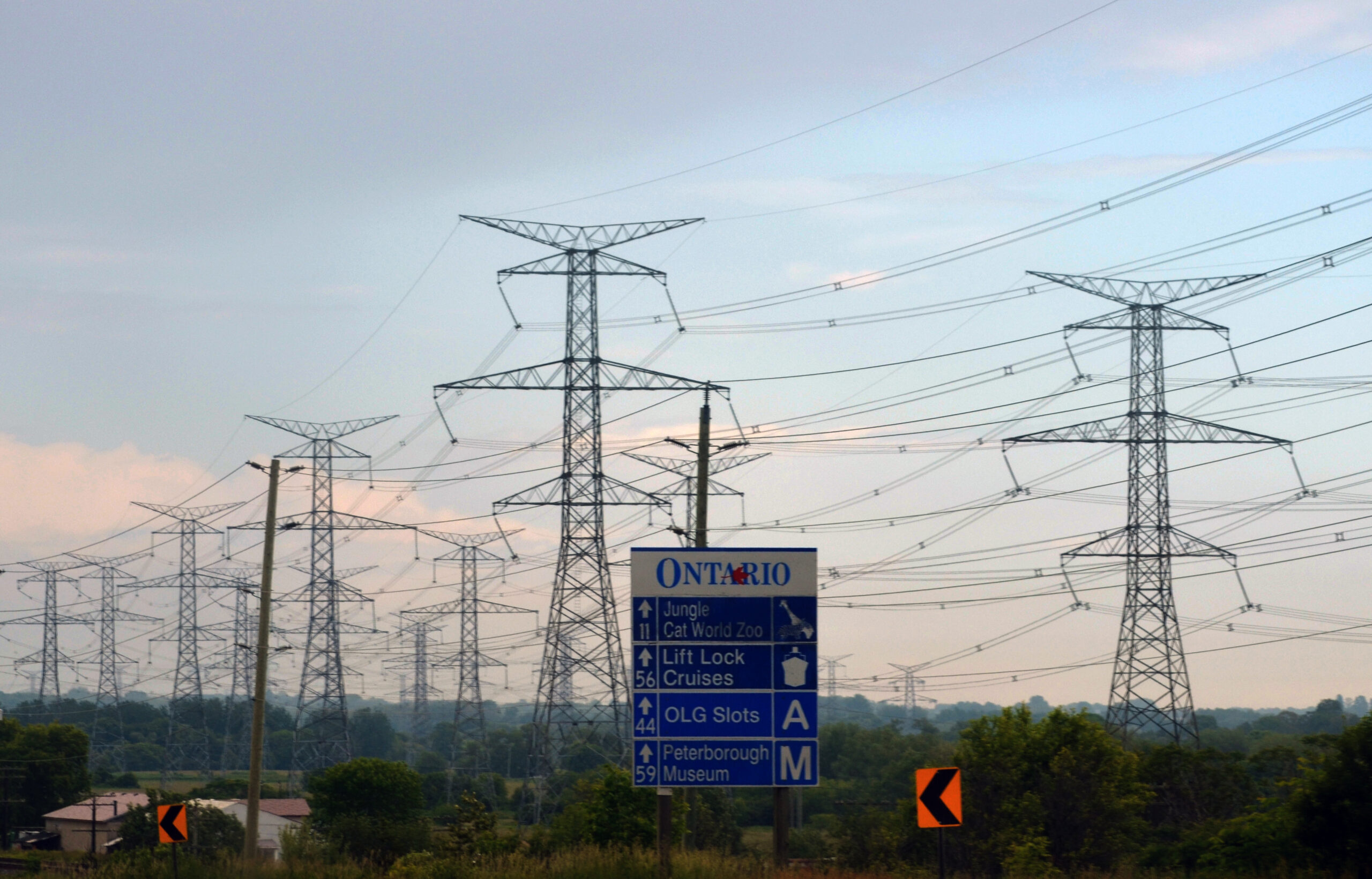
The auditor general was also concerned “opportunities for developing Ontario’s future supply of hydroelectric power have not been fully explored” — an urgent issue as the province grapples with a projected energy supply shortage as nuclear plants are shut down for refurbishment or go offline entirely. Ontario Power Generation told the auditor general that building new hydroelectric stations in northern Ontario could take over 10 years.
The Ford government has said it plans to increase the use of methane-intensive natural gas to make up for the shutdown of Pickering Nuclear Generating Station. In Wednesday’s report, the auditor general found the energy ministry has not yet developed a long-term plan that reconciles the province’s changing energy supply with emissions-reduction targets. The ministry told her this plan will be released in December 2023
Ontario Green Party leader Mike Schreiner said this report raises concerns about the reliability and cleanliness of Ontario’s grid as the province invests in the total electrification of transportation. “The government seems to be scrambling to overcome a supply shortage and they’re doing it in a way that will use gas plants that will increase climate pollution by three to four hundred per cent in our grid,” he said.
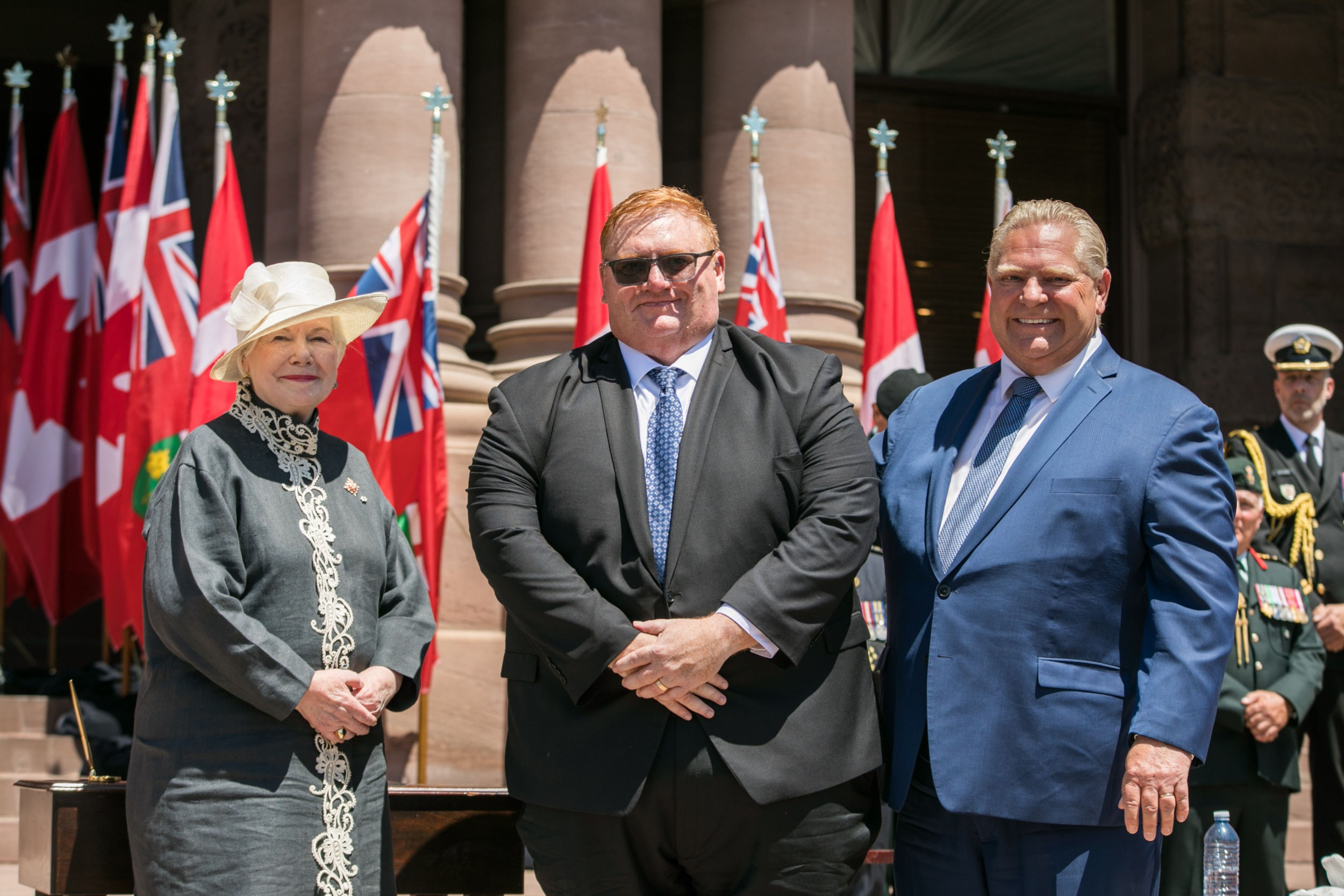
Invasive species — like zebra mussels that suffocate native mussels, and reeds called phragmites that out-compete local wetland species — cause $3.6 billion of damage in Ontario every year. But the province spends just $4 million annually to combat them, and that relatively small amount is often delivered irregularly, making it hard for organizations working on the problem to retain staff.
“Because that amount isn’t nearly enough, invasive species spread without much resistance, and Ontario’s farms, forest, and fisheries, as well as its health care, tourism and recreation sectors suffer substantial harm,” the press release said.
The result: of all the provinces and territories, Ontario is at the highest risk of new invasive species being introduced, Lysyk found. It already has the most invasive species, with at least 441 invasive plants and 191 non-native species in the Great Lakes, a major international shipping route.
The problem is so extensive that Ontarians can buy several invasive plant species at garden centres and plant nurseries.

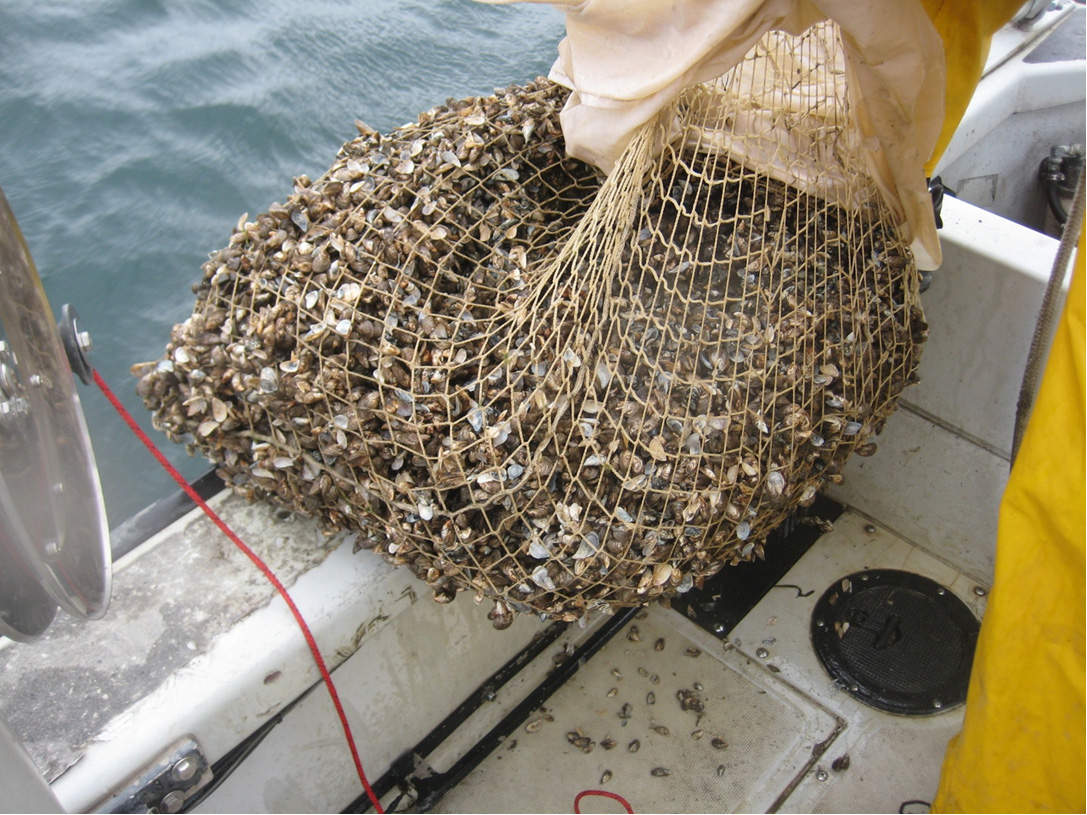
“Though the people of Ontario understand the urgent need to act when a dangerous new threat emerges in the environment, the Ministry of Natural Resources acts far too slowly to take these threats seriously,” Lysyk said.
The ministry also lacks the staff it needs to enforce invasive species rules, according to the auditor general. Conservation officers aren’t properly trained to identify invasive species and rarely use their powers to crack down: in the last six years, conservation officers issued only 11 warnings and laid no charges for breaches of rules aimed at preventing the spread of invasive species.
The stakes of this are high, Lysk said. Invasive species have already caused historic collapses of lake trout and late whitefish stocks on the Great Lakes — fish that feed both people and local economies.
In response, the Ministry of Natural Resources and Forestry said it would review its plan for tackling invasive species but didn’t offer specifics.
Ontario’s failure to address invasive species is well documented — Lysyk criticized this in her report last year. She was even harsher Wednesday, saying in a press release that “Ontario is losing the fight against invasive species because it’s barely trying.”
Updated Dec. 1, 2022 at 2:50 p.m. ET: This story has been updated to correct that it was Ontario’s auditor general, not minister of the environment, that suggested the government was working on an update to its four-year-old plan to address the climate crisis.
Get the inside scoop on The Narwhal’s environment and climate reporting by signing up for our free newsletter. On a warm September evening nearly 15...
Continue reading
From disappearing ice roads to reappearing buffalo, our stories explained the wonder and challenges of...

Sitting at the crossroads of journalism and code, we’ve found our perfect match: someone who...

The Protecting Ontario by Unleashing Our Economy Act exempts industry from provincial regulations — putting...
